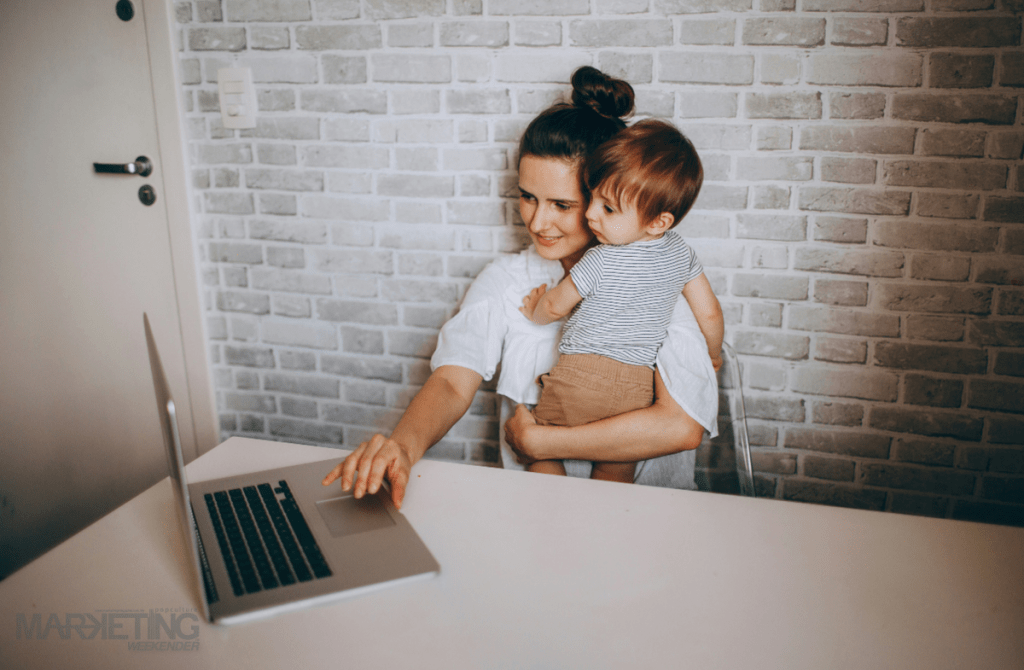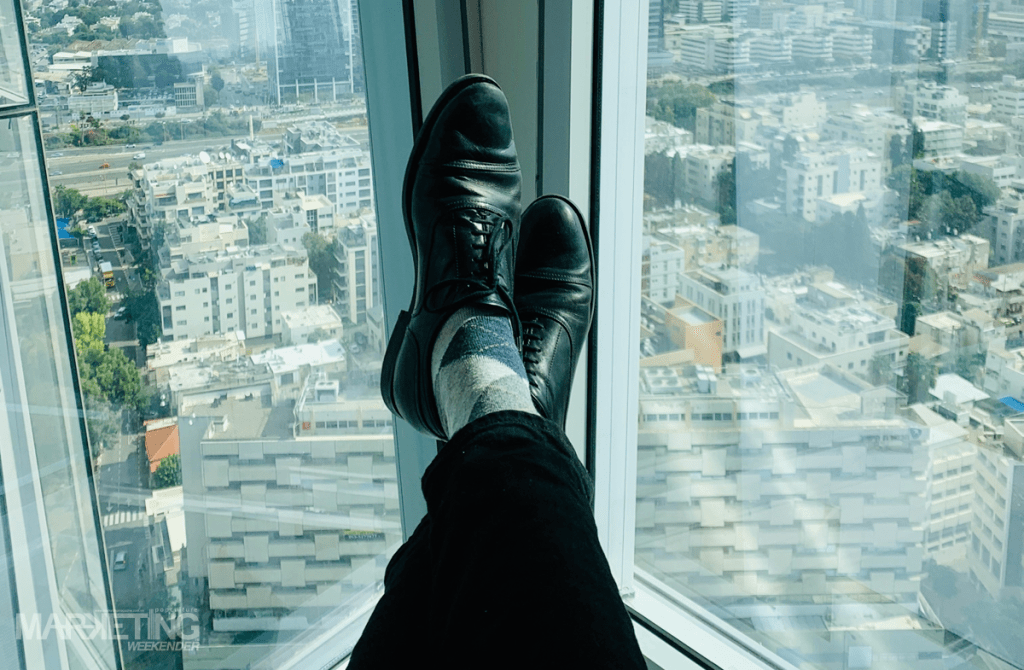Work.
That thing that takes up most of our time between University and death.
A minimum of eight hours a day for most people reading this article.
And lasting 30 years for most of us who didn’t invest wisely or become entrepreneurs. (And the entrepreneurs work crazier hours anyways.)
Until very recently, this act of work was a performance, in starched corporate clothing, in offices, involving arduous commuting and after hours drinking.
Then Wuhan’s most famous global export changed everything. And suddenly work had expanded to fulfill Parkinson’s Law, which is the idea that work expands to fill the time allotted for its completion. We were working 12 hours a day as clients sought to pivot and recode and reimagine their businesses.
But we were working from home, something that was unusual for this country. If you recall, many people came to Malaysia more than 100 years ago primarily to work. And work they did: mining tin and tapping rubber and laying railroad and running the clerical aspects of the British empire. Work was visible and tangible. And within the line of sight of the bosses and overseers.
I believe in February 2020 it was similar. And the greatest learning from the Great Pandemic is A. how to wash our hands B. how we can work from home and be productive. Mind you, this is a key learning for Asia. Some of my friends in the UK were working from home 3 days a week back in 2007. And somehow their bosses trusted them.

The biggest agency conglomerate of the last 20 years issued a mandate to get people back to work 4 days a week, and faced a stinging backlash. Other agency groups, many of which only work from office 3 days a week, observed this and held back their own plans to be WFO more often.
Malaysian agencies are still having a significant amount of work from home days per week. And Malaysian advertising is going through difficult times. Ad spends have dropped by almost 10%, at least 4 media agency groups have changed heads like a Media Game of Thrones, client creative budgets are tight.
In such a perfect storm of adversity, would working more from office help?
The argument for WFO goes like this:

The counter argument, promoting WFH goes something like this:
People are more productive from home, they save the hours and distress of commuting.
People with young kids can work better in a WFH setting, and can spend valuable time with their kids, while also saving on child care. For working mums, this is a godsend.
A better work-life balance makes people more creative and productive, prevents burnout
Agencies can save office rental and utilities when there are less WFO days.
Clients, post pandemic, are more open to virtual meetings, and require less face to face time. Thus meeting clients doesn’t need to be a reason to come to office 5 days a week.
Ampersand Advisory is a member of Worldwide Partners, a global network of independent agencies. This group, with over 80 agencies in 40+ countries, with USD 5 billion in billings, recently conducted a survey to see work policies and how they are evolving.

Some key highlights:
73% of agencies had not changed their space after Covid. Some had long term leases that prevented them from downsizing.
79% of partners have a Hybrid working model, with 2-3 days WFH, while 19% are fully remote. Only 1 agency worked from the office 5 days a week.
And some verbatims:
“Most people seem to struggle to accept more than 3 days in office, and we’ve had some people leave to take remote jobs.”
“We’re in Tuesday, Wednesday, Thursday although management tend to be in 4-5 days per week.”
Clearly, there are multiple solutions, but the trend is still hybrid the world over.
Then there is the strange behaviour WFO diktats have created:
One workplace report has found that a whopping 58% of hybrid workers have “coffee badged” in the past — a term used for employees who show up at a physical office in order to make an appearance, swipe their badges, buy a coffee and walk around, being seen, but leave soon afterwards to work the rest of the day remotely.
Another buzz phrase is “office peacocking”—companies trying to lure employees back to the office with fancy decor, stocked kitchens and comfortable furniture. The practice has been around for a while, but it’s on the rise again in 2024, according to Forbes. “Many employers still haven’t yet given up on trying to return to pre-pandemic policies.”

So what does this foggy future of work mean for agencies?
My belief is that work is now exposed to employee scrutiny and contrasting opinions. Gen Z grows up assuming they don’t need to work 5 days a week: they have never had to, why should they start now?
And here is a brand new thought: what if we could make the work itself fun? What if we challenged ourselves as an industry to be more creative, more bold and more risk-taking, when it comes to clients? What if we could hold our clients’ hands and do work that moved the business needle for them and made us proud of what we have created, irrespective of whether we created it in the office or not?
Work.
It’s what we do for most of our time.
Rather than debating which location to work from, it would be amazing and life-changing if we could make work itself more challenging, stimulating and purposeful. We might have our work cut out to achieve that goal, but surely it’s worth trying.
Sandeep Joseph is the CEO and co-founder of Ampersand Advisory, Campaign Global Media Independent Agency of the Year and FT Statista 500 High Growth Companies Asia Pacific 2023, 2024. He can be reached at sandeep@ ampersand-advisory. com
Share Post:
Haven’t subscribed to our Telegram channel yet? Don’t miss out on the hottest updates in marketing & advertising!